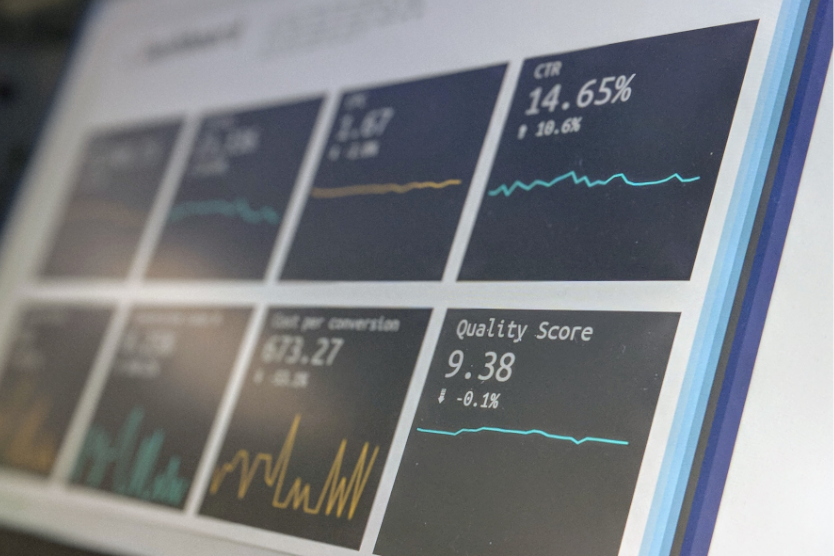
The Fraunhofer ISC has been working on the sensor-enabled optimisation of charging times and increasing the range and service life of lithium-ion batteries for use in energy storage and electromobility.
© Stephen Dawson, Unsplash
The batteries of the future must be smarter, more resource-efficient and have a longer service life in order to support the EU’s Green Deal and decarbonisation plans. The SPARTACUS, coordinated by the Fraunhofer Society under the EU research initiative BATTERY 2030+, is now entering its second phase.
For the past twelve months a team at Fraunhofer Institute for Silicate Research (ISC) have been working on the sensor-enabled optimisation of charging times and increasing the range and service life of lithium-ion batteries for use in stationary energy storage and electromobility. For Stage 2, the individual components developed through SPARTACUS (which stands for "Spatially resolved acoustic, mechanical and ultrasonic sensing for smart batteries") will be combined into a complete system.
The ultimate goal of the project is to ensure that unused reserves in batteries are better exploited by means of comprehensive battery monitoring. In practical terms, this means reducing charging times by up to 20 percent without compromising reliability and service life. To this end the team are working on multifunctional sensor array technology to transmit the real-time data to the battery management systems for optimal charging and discharging, depending on battery condition.
"The SPARTACUS project has broken new ground in many respects," says Gerhard Domann, project coordinator at the Fraunhofer ISC in a press release. Not only have new sensor concepts been prepared by combining acoustic-mechanical and thermal sensors with advanced analysis methods, but the modelling of the processes in the battery cell has been sufficiently advanced so that new predictive models for battery condition and optimal charge control are possible. "Now it is a matter of putting the puzzle pieces together and linking them into a successful monitoring technology for batteries," he sums up.


